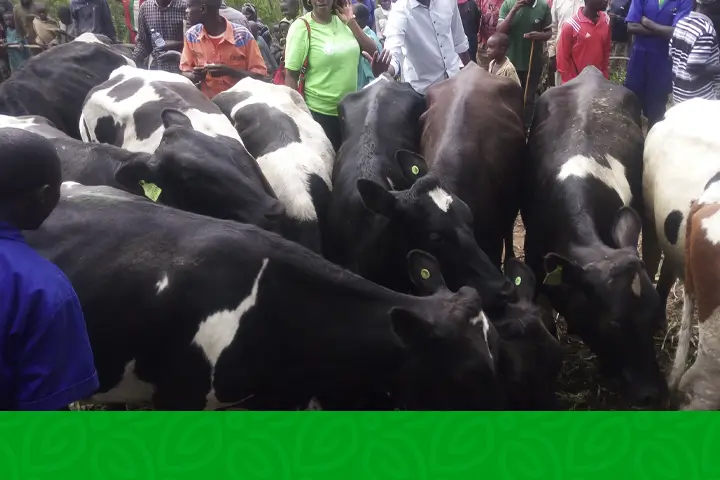
In a monumental stride towards fostering transparency, equity, and sustainable impact, the Ministry of Agriculture and Animal Resources has orchestrated a groundbreaking reform in the cherished One Cow per Family – Girinka programme. Guided by a fervent commitment to eradicating malpractices that have, at times, marred the program’s efficacy, the government’s visionary leadership has now steered the initiative onto an uncharted path of progress. In this article, we delve into the intricacies of the transformative reforms that are reshaping the Girinka landscape, unraveling a new chapter in Rwanda’s relentless pursuit of poverty alleviation and agricultural development.
A Departure from Tradition: Farewell to Ubudehe Categories
The traditional Ubudehe classification, hitherto the cornerstone of beneficiary selection, has made way for a more holistic and resilient approach. Spearheaded by the indomitable Minister Ildephonse Musafiri, the Girinka programme is embracing change with open arms. Minister Musafiri emphatically states that the identification of beneficiaries shall no longer hinge on mere financial classifications. Instead, a more comprehensive “household profile” assessment shall take center stage, revealing the true fabric of resilience that defines each family’s journey.
Empowering the Vulnerable: A Committee of Compassion
To further amplify the authenticity of the selection process, a dedicated Girinka committee has emerged as the vanguard of equity. Their mission is clear – to navigate villages, districts, and even the bustling City of Kigali, meticulously identifying those who stand to gain the most from the program. The criteria for selection mirror the ethos of compassion, placing vulnerable families with children under five, elderly members, differently-abled individuals, and households led by resilient women at the forefront.
From Oversight to Empowerment: Curbing Malpractices
In the echoes of the past, whispers of embezzlement and corruption dimmed the luster of the Girinka program. But today, that narrative is being rewritten. The resolute Girinka committee has been entrusted with a grander mission – to staunchly combat the vices that once tarnished this noble endeavor. As the sun rises on a new era, the promise of transparent distribution, unwavering accountability, and an uncompromising stand against malpractices glimmers on the horizon.
Learning from the Past: Navigating Challenges
Rwanda’s parliamentarians, guardians of the nation’s aspirations, raised pertinent concerns that sparked a course correction. The journey began without a comprehensive beneficiary assessment, a misstep that has now been acknowledged and rectified. Addressing the issue of inadequate preparation and care, the Minister of Agriculture and Animal Resources underscores a transformative shift. A cow, now bestowed upon a deserving soul, must find its home on at least 1,000 square meters of nurturing land, ensuring the perfect cradle for its growth.
A Symphony of Success: The Harvest of Transformation
The Girinka program’s legacy is etched in accomplishments that ripple through time. Over 400,000 cows have been endowed, and their presence has orchestrated a symphony of growth. The crescendo of this symphony manifests in the surge of milk production, which soared from 442,337 metric tonnes in 2011 to an astounding 891,326 metric tonnes in 2021. These numbers are not mere statistics; they are the poignant notes of a nation’s progress echoing across the world.
Conclusion: A Bright Future Beckons
As the sun sets on old paradigms and rises on newfound transparency, the Girinka program stands poised to traverse uncharted territories of impact. The winds of change carry with them the scent of authenticity, compassion, and the tenacity to quell malpractices that once threatened its essence. The journey ahead beckons with promise, as Rwanda’s visionary leaders, bolstered by lessons from the past, guide the nation towards a future where Girinka thrives as a beacon of hope, resilience, and prosperity.
Stay updated with the latest farming tips and agriculture industry news from Africa by subscribing to our newsletter. Don’t miss out on valuable insights and updates. Follow us on Twitter, LinkedIn, and Facebook to join our farming community and stay connected with us.



















